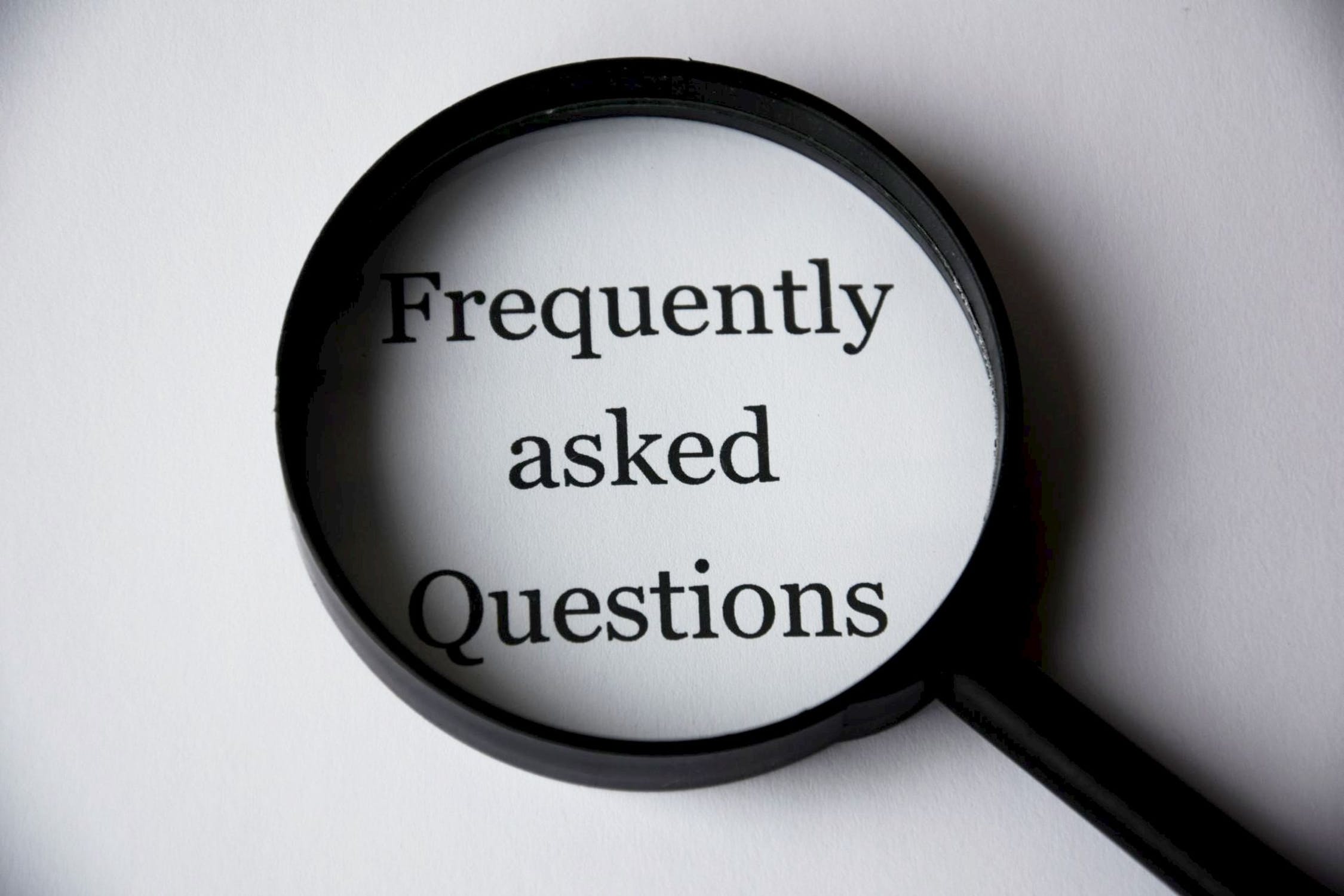The need for great branding in todays busy, ever changing commercial landscape, fuelled by social media has never been more important. Creative tools like Storytelling are often used to position, differentiate and communicate a brand to consumers. Some creative agencies often talk about brands as being stories, often emphasising the importance of creating a rich brand narrative. But are brands really stories?
It is true stories are playing an increasingly important part in branding and brand building today. Communicating and differentiating a brand and its many values, beliefs and meanings to consumers, through a narrative which people can then relate to.
Some brands may use a rich and creative narrative to establish the inception of the business, or set a scene or introduce certain characters and challenges that the brand will help overcome.
Ultimately though the story is not the brand, and the brand is not the story.
So if a brand is not a story, what is a brand really? And why do stories matter so much to brands?
Why do Brands use storytelling?
The short answer is that stories are the best way of communicating lots of details in the most memorable way. We all remember a story, they cater to the way we hold information via patterns we create in our mind.
Creative agencies often use story telling to develop empathy with the consumer as part of the up front strategy. It allows creative teams, the ability to quickly understand and feel a consumers needs and pain points and what ultimatley motivates them. It helps build a picture of the role the brand plays in the consumer’s life and the overarching relationship the consumer has with the brand.
Storytelling is a powerful tool in creating quality creative direction. Stories can bring a consumer to life and help identify the opportunity or the role for the brand to play. In Douglas Davis book on Creative Strategy he say’s “Don’t read me the brief; I can read it. Tell me a story.”
According to Paul Zak, Director of the Center for Neuroeconomics Studies at Claremont Graduate University, “Stories capture our attention better than any other information because they leave a physical and emotional trace in the brain”.
Storytelling has been and still is an important part of our culture today (imparting knowledge and skills to younger generations through a simple narrative) and we’ve been telling stories to each other ever since the beginning of time. It’s a trait that makes us uniquely human along with our sense of curiosity and humour.
So what is a Brand if it’s not a story?
We like to think a brand as more the moral of the story rather than the story itself, “A token of value that lives in peoples hearts and minds”. It’s the bit that you remember after the tale has been told and imparts some helpful information that speaks to you personally, motivating you to explore further and something you personally want to be a part of.
It is worth noting that people will take away different experiences and messages from the storytelling exercise. So the key is understanding that a brand is not what you the story teller necessarily says it is, but rather, the audience and what they say or think it is.
In fact it’s each and every individual listener of the audience who ultimately decides what that story means to them. Comprehending this is key in building meaningful brand relationships with customers or as Marty Neumier explains in his book “The Brand GAP”.
“When enough individuals arrive at the same gut feeling, a company can be said to have a brand. In other words it’s not what YOU say it is. It’s what THEY say it is. A brand is a kind of Platonic ideal–a concept shared by society to identify a specific class of things”.
A brand is the moral of the story, it’s the detail you remember and the short message that stays in your heart and mind.
Should Storytelling be Storyframing?
Are the nature of stories changing? Do stories hold our attention? And are they still the best way to absorb traditional narratives? Are they really relevant in todays ever-changing media landscape? Marty Neumier’s book “The Brand Flip” expands on the benefits of Storyframing vs traditional Storytelling and introduces media theorist Douglas Rushkoff.
“Media theorist Douglas Rushkoff claims we are losing our capacity to absorb traditional narrative. It seems that technology might be removing any interest in anything that isn’t happening right now! And replaced it with “everything that supposedly is”.
We can see this inability to absorb linear narrative with traditional advertising and Tv commercials. In the past Brands would use a 30 seconds commercial to grab your attention, communicate a message and persuade you with a reason to believe. Today 30 seconds of commercial narrative is far too long. Viewers are no longer interested in one-way conversations and are often annoyed that someone they don’t trust would try to steal this valuable time.
The brand stories up til now would often have the consumer play the central role of the protagonist. Whilst the villain being the problem, of which the brand our hero, would then defeat and overcome. However, through Storyframing this is now, no longer the case.
So what is Storyframing?
Storyframing allows the audience to participate in the story. As a result the story is no longer a singular book-like narrative but is more like a jigsaw or performance, with audience participation and interaction.
Today, brands are finding it increasingly difficult to tell a consistent story. There is no singular storyteller and the audience has many different viewing angles. The structure of storyframing allows customers to now build their own narratives within brand boundaries that keep the story contained, similar to the edges of a canvas. The job of a brand is to then assist in keeping the framework dynamic and alive, encouraging its customers to populate and to interweave all the individual stories into one overarching BIG story that has purpose and meaning which others are motivated to be apart of.




